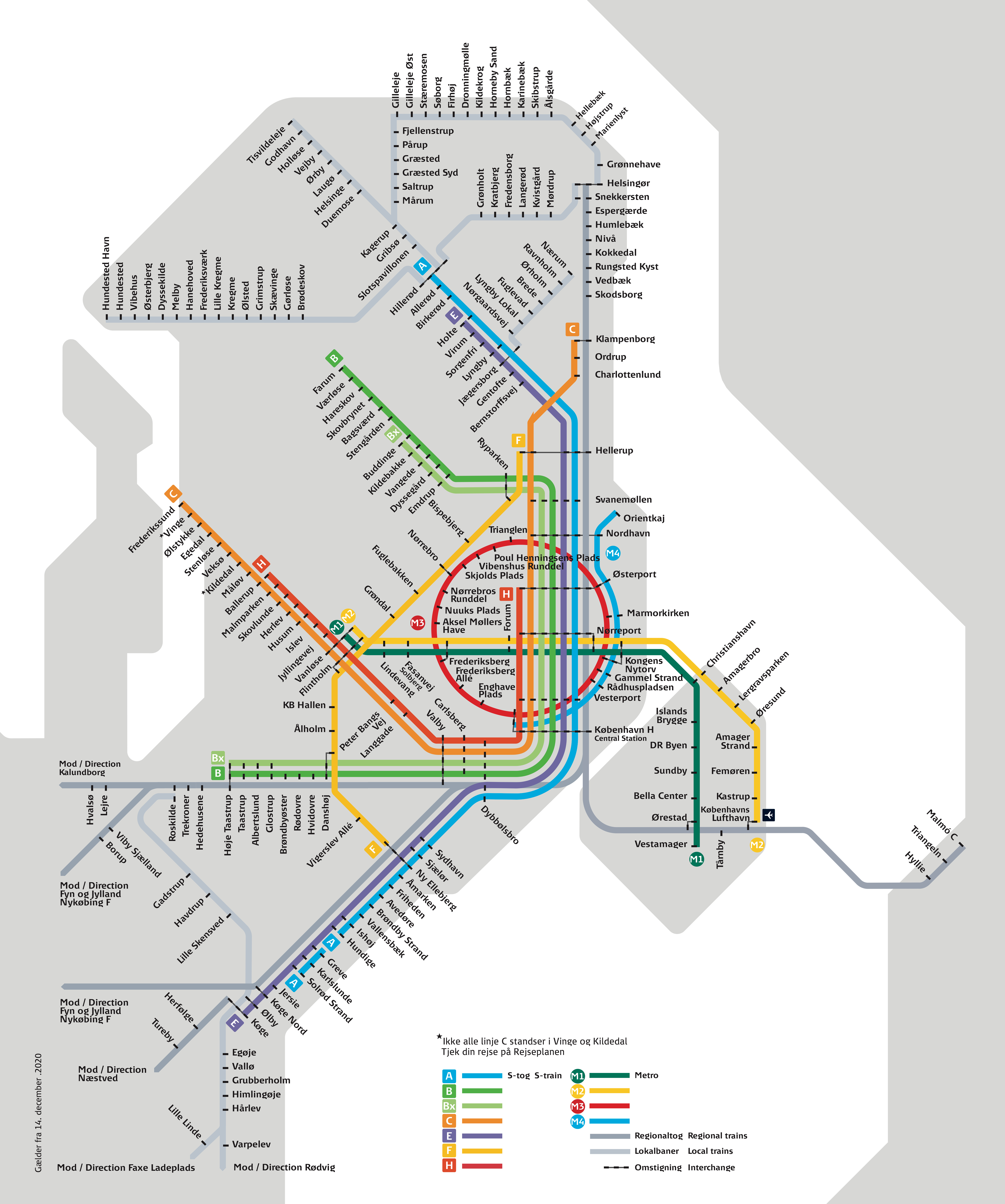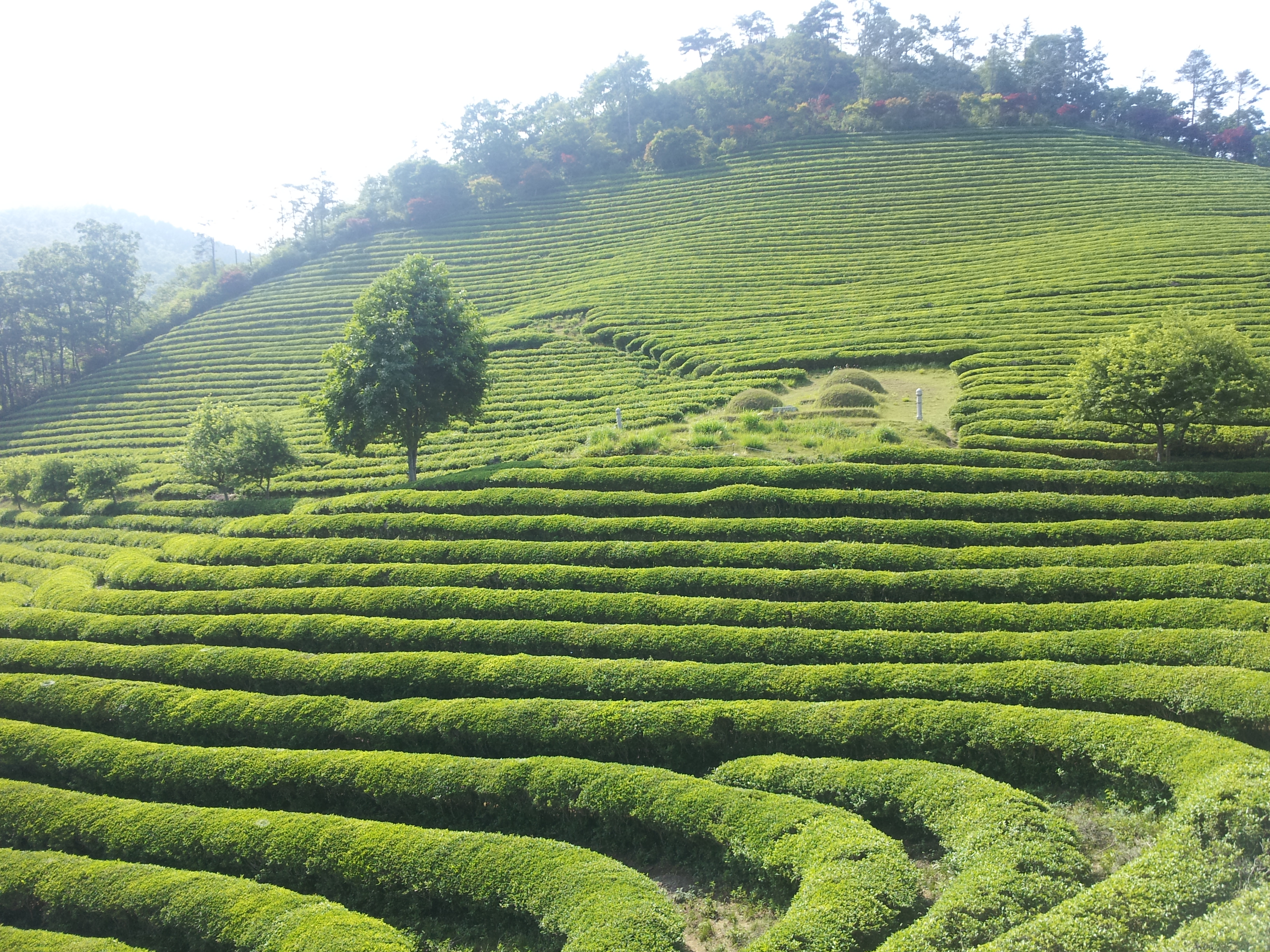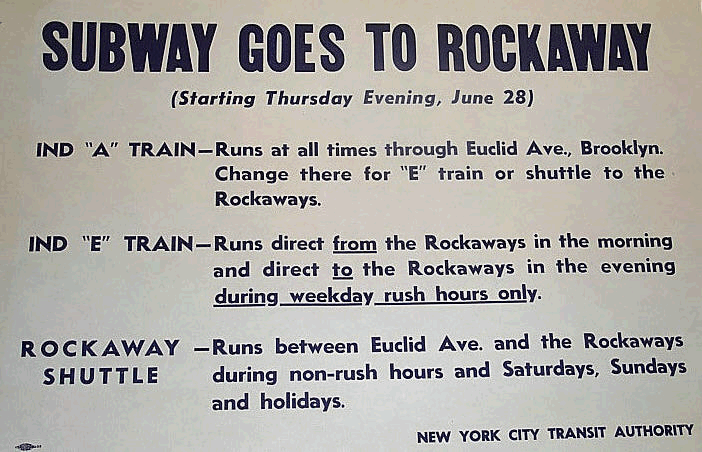|
S Train (other)
**42nd Street Shuttle (also called the Grand Central/Times Square Shuttle) (internally referred to as the 0)
**Rockaway Park Shuttle (also called Rockaway Shuttle) (internally referred to as the H)
*S Castro Shuttle in San Francisco
*S Line (Utah Transit Authority), a streetcar running between Salt Lake City and South Salt ...
S-train is a type of suburban railway system. S Train and similar names may also refer to: *S-train (Copenhagen), an urban rapid transit network in Denmark * S-Train (Korail), a South Korean sightseeing train * S-Train (Seibu), an express train service operated by Seibu Railway in Tokyo, Japan *S (New York City Subway service), one of three subway services of the New York City Subway: **Franklin Avenue Shuttle The Franklin Avenue Shuttle is a New York City Subway shuttle service operating in Brooklyn. The shuttle service uses the BMT Franklin Avenue Line exclusively. The north terminus is Franklin Avenue, with a transfer available to the IND Fulton ... [...More Info...] [...Related Items...] OR: [Wikipedia] [Google] [Baidu] |
S-train
The S-Bahn is the name of hybrid urban- suburban rail systems serving a metropolitan region in German-speaking countries. Some of the larger S-Bahn systems provide service similar to rapid transit systems, while smaller ones often resemble commuter or even regional rail. The term derives from ''Schnellbahn'', ''Stadtbahn'' or ''Stadtschnellbahn''. Similar systems in Switzerland are known as S-Bahn as well. In Belgium it is known as S-Trein (Flemish) or Train S (French). In Belgium there are S-Trains in the five largest cities: Brussels, Antwerp, Liège, Ghent and Charleroi. In Denmark, they are known as S-tog , in the Czech Republic as Esko or S-lines. Characteristics There is no complete definition of an S-Bahn system. S-Bahn are, where they exist, the most local type of railway stopping at all existing stations inside and around a city, while other mainline trains only call at major stations. They are slower than mainline railways but usually serve as fast crosstown serv ... [...More Info...] [...Related Items...] OR: [Wikipedia] [Google] [Baidu] |
S-train (Copenhagen)
The Copenhagen S-train ( da, S-tog), the S-train of Copenhagen, Denmark is a key part of public transport in the city. It is a hybrid urban- suburban rail serving most of the Copenhagen urban area, and is analogous to S-Bahn systems of Berlin, Vienna and Hamburg. The trains connect the Copenhagen inner city with Hillerød, Klampenborg, Frederikssund, Farum, Høje Taastrup and Køge. There are 170 km of double track with 86 S-train stations, of which eight are in neighbouring towns outside greater Copenhagen. The S-train is run by DSB S-tog A/S while Banedanmark owns the tracks and signals. Rail services are operated by "Fourth Generation" S-trains divided into 104 8-car train sets (Class SA) and 31 4-car train sets (Class SE). The system operates in tandem with the separately owned Copenhagen Metro which operates in the city centre, Frederiksberg and Amager. The two systems carry 500,000 passengers daily with S-tog serving more than 357,000 passengers a day. S-tog is com ... [...More Info...] [...Related Items...] OR: [Wikipedia] [Google] [Baidu] |
S-Train (Korail)
S-Train (aka Namdo Sea Sightseeing Train ()) is a South Korean tourist train operated by Korail. The train began operations in 2013 and transports tourists through southern South Korea. Overview The train began running on September 27, 2013, and travels two routes, one from Busan to Yeosu in South Jeolla Province and another from Gwangju in South Jeolla Province to Masan in South Gyeongsang Province. The double routes operate at the same time from different directions and meet at the Hadong station in South Gyeongsang Province where passengers can transfer to the other train. One of the stops is Suncheon, with nearby Suncheon Bay, hosts of the 2013 Suncheon Garden Expo Korea. The letter "S" in the name stems from "south", the "S" shaped route along the curvy shape of the South Sea of Korea,"slow", "sea" and "sightseeing". The train is distinguished with its slow travel pace. The train has five cars set up for different functions, including family occasions, tea drinking ... [...More Info...] [...Related Items...] OR: [Wikipedia] [Google] [Baidu] |
S-Train (Seibu)
The S-Train is a reserved-seat Commuter Liner train service operated mainly by Seibu Railway, along with Tokyo Metro, Tokyu Corporation, and Yokohama Minatomirai Railway. Summary S-Train service was first announced by the four operating companies on 16 June 2016, with further details being given on 10 January 2017. The service is centered on Seibu Railway, and uses their 40000 series trains. Within the four operating companies, the S-Train is the first-ever reserved-seat train to operate on the Tokyu and Minatomirai railways. The name "S-Train" was used by the 4 companies during trademark registration on 21 November 2016, and has been trademarked since 21 April 2017 (No. 5941839). The "S" in "S-Train" stands for the following: * Scene: Used in different scenarios, like commuting to work, going to school or going on outings * Seat: Comfortable reserved seats * Seamless: Seamless journey thanks to through service without interchange * Seibu The four terms above all start wi ... [...More Info...] [...Related Items...] OR: [Wikipedia] [Google] [Baidu] |
Seibu Railway
is a conglomerate based in Tokorozawa, Saitama, Japan, with principal business areas in railways, tourism, and real estate. Seibu Railway's operations are concentrated in northwest Tokyo and Saitama Prefecture; the name "Seibu" is an abbreviation of "west Musashi", referring to the historic name for this area. It and its holding company hold shares of numerous bus, hotel and tourism operations nationwide. History "Seibu Railway" was originally the name of a tram service between Shinjuku and Ogikubo, which was transferred to the Tokyo metropolitan government in 1951 and eventually closed in 1962. The Seibu Railway was acquired in 1921 by the Kawagoe Railway, which had operated a train service between Kokubunji and Kawagoe since 1894; the merged company kept the "Seibu" name and expanded its main line to Takadanobaba, forming what is now known as the Seibu Shinjuku Line. The current Seibu Railway is a product of a 1945 merger between the former Seibu Railway and the Musashino ... [...More Info...] [...Related Items...] OR: [Wikipedia] [Google] [Baidu] |
S (New York City Subway Service)
Three services in the New York City Subway are designated as a S ( shuttle) service. These services operate as full-time or almost full-time shuttles. In addition, three services run as shuttles during late night hours but retain their regular service designations. Shuttle services Official designations All of the following services are officially labeled S. The "NYCT designator" column stands for New York City Transit's internal designation for the service. Temporary shuttles Late-night shuttles Former uses Other routes have in the past been designated S or SS; the label has also been used for temporary shuttles due to construction. Before June 1979, all shuttles had the label SS; the designation S was reserved for "special"' services, including IND trains to Aqueduct Racetrack. The SS label was first applied in 1967, when all services were labeled due to the completion of the Chrystie Street Connection. Former uses of the S or SS designation include: * Bowling ... [...More Info...] [...Related Items...] OR: [Wikipedia] [Google] [Baidu] |
Franklin Avenue Shuttle
The Franklin Avenue Shuttle is a New York City Subway shuttle service operating in Brooklyn. The shuttle service uses the BMT Franklin Avenue Line exclusively. The north terminus is Franklin Avenue, with a transfer available to the IND Fulton Street Line. The south terminus is Prospect Park, with a transfer available to the BMT Brighton Line. NYCT Rapid Transit Operations refer to it internally as the S or FS. Like the other two shuttles, the 42nd Street Shuttle in Manhattan and the Rockaway Park Shuttle in Queens, its route bullet is colored on route signs, station signs, rolling stock, and the official subway map. The S started running along its current route in 1963, and it has had four stations since 1995. Consumers Park was closed in 1928 and replaced by the current Botanic Garden station five blocks to the north. There is a visible clearing at the former station location. Dean Street was closed in 1995 due to low paid fare entrance and fare beating. The shuttle ru ... [...More Info...] [...Related Items...] OR: [Wikipedia] [Google] [Baidu] |
42nd Street Shuttle
The 42nd Street Shuttle is a New York City Subway shuttle train service that operates in Manhattan. The shuttle is sometimes referred to as the Grand Central/Times Square Shuttle, since these are the only two stations it serves. The shuttle runs at all times except late nights, with trains running on two tracks underneath 42nd Street between Times Square and Grand Central; for many decades, three tracks had been in service until a major renovation was begun in 2019 reducing it to two tracks. With two stations, it is the shortest regular service in the system by number of stops, running about in 90 seconds . The shuttle is used by over 100,000 passengers every day, and by up to 10,200 passengers per hour during rush hours. The 42nd Street Shuttle was constructed and operated by the Interborough Rapid Transit Company (IRT) and is currently part of the A Division of New York City Transit . The shuttle tracks opened in 1904 as part of the city's first subway. The original subway ... [...More Info...] [...Related Items...] OR: [Wikipedia] [Google] [Baidu] |
Rockaway Park Shuttle
The Rockaway Park Shuttle is a New York City Subway shuttle train that operates in Queens. It connects with the train at Broad Channel station and is the latest iteration of the Rockaway Shuttle services that have been running on the Rockaway peninsula since 1956. This shuttle train provides service to the western part of the peninsula, with a terminus at Rockaway Park–Beach 116th Street. The fully above-ground route operates on trackage that was originally part of the Long Island Rail Road's Far Rockaway Branch until the mid-1950s. During summer weekends, to eliminate an additional transfer and thus ease beach access, the Rockaway Park Shuttle is typically extended four stations north to Rockaway Boulevard, the southernmost station shared by Rockaway-bound and Lefferts Boulevard-bound A trains. Like the other two shuttles, 42nd Street in Manhattan and Franklin Avenue in Brooklyn, it is marked with the letter "S" and its route bullet is colored on route signs, station si ... [...More Info...] [...Related Items...] OR: [Wikipedia] [Google] [Baidu] |
S Castro Shuttle
The S Shuttle is a light rail service on the Muni Metro system in San Francisco, California. The service began in 2001 as the S Castro Shuttle, an effort to reduce crowding at Castro station. It was briefly discontinued in 2007 when the T Third Street line was opened. Service was extended to St. Francis Circle station in 2013, but cut back to West Portal station in 2016. In 2020, it was changed to full-time service as part of a reconfiguration of Muni Metro service. The designation of S Shuttle is also given to trains at other hours and locations, most commonly to those which run service before and after San Francisco Giants and Golden State Warriors games to provide additional capacity to Oracle Park and Chase Center respectively. History After the installation of automatic train control in 1998, the maximum Muni Metro frequency through the Market Street subway doubled from 24 trains per hour to 48. Muni needed to increase capacity to accommodate growing ridership, but t ... [...More Info...] [...Related Items...] OR: [Wikipedia] [Google] [Baidu] |
S Line (Utah Transit Authority)
The S Line, or S-Line (formerly known as Sugar House Streetcar), is a public transit streetcar line in northeastern Salt Lake County, Utah, in the United States, that connects the business district of the Sugar House neighborhood of Salt Lake City with the neighboring city of South Salt Lake, as well as the Utah Transit Authority's (UTA) TRAX light rail system. It is a joint project between UTA, Salt Lake City, and South Salt Lake. It opened for service on December 8, 2013. It is operated by UTA and is UTA's first streetcar line. Description While fairly similar to UTA's TRAX light rail the S Line operates at a substantially slower speed, with a top speed of . The S Line also differs from TRAX in that, for the most part, it only has a single track (with passing tracks) and it operates with more frequent stops for easy pedestrian access. Other differences are that the S Line operates with a single vehicle, rather than a "train" of vehicle. Because of its slower speed, most ... [...More Info...] [...Related Items...] OR: [Wikipedia] [Google] [Baidu] |
MTR CNR Changchun EMU
The Changchun EMU or CNR Changchun EMU is an electric multiple unit train type of the Mass Transit Railway (MTR) system in Hong Kong. Designed and manufactured by Changchun Railway Vehicles, a member of CNR group (now merged with CSR to form CRRC), they were the first MTR heavy-rail stock to be manufactured in Mainland China, while past orders came from England, Japan, Europe or South Korea. The trains come in two versions: the C-Train, a manned eight-car train which is used mainly on the Kwun Tong line; and the S-Train, a driverless three-car variant which operates on the South Island line since its opening in December 2016. Similar trains had been ordered for the Tuen Ma line, also known as TML C-Train, which entered service on the Ma On Shan line on 12 March 2017; however, these trains bear a resemblance to the older SP1900 EMUs. History Designed in 18 months, the first C-Train rolled off the production lines at CNR's plant on 6 December 2010. It was transported to Hon ... [...More Info...] [...Related Items...] OR: [Wikipedia] [Google] [Baidu] |




